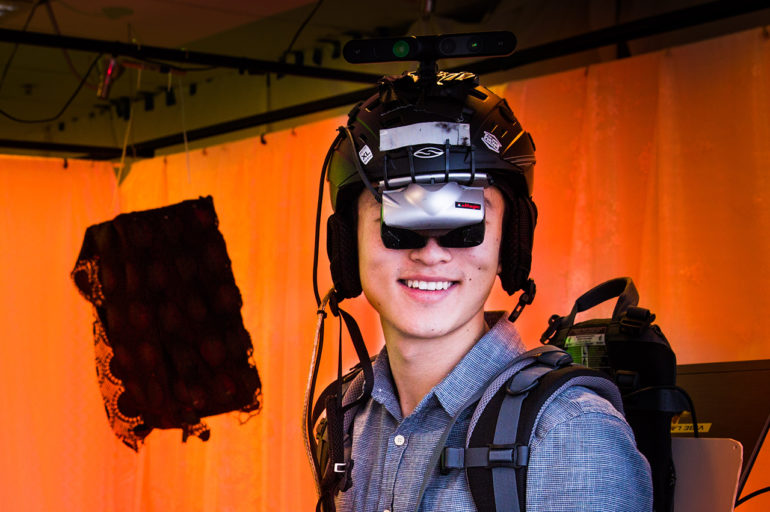A scientific show and tell with Dr Larry Marshall
We put our Chief Executive, Dr Larry Marshall up for a special episode of Q&A. But we’ve since had a lot of questions about what he raised on the show. So like Larry after smuggling all his gadgets into the ABC studios, let’s unpack all the highlights and what they mean for cleaner energy.
